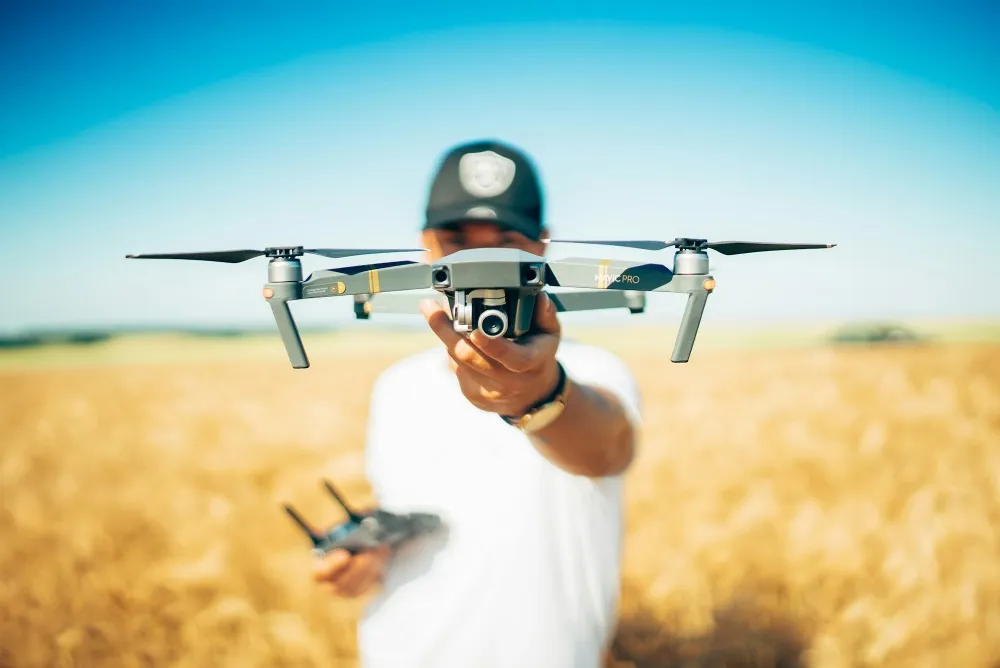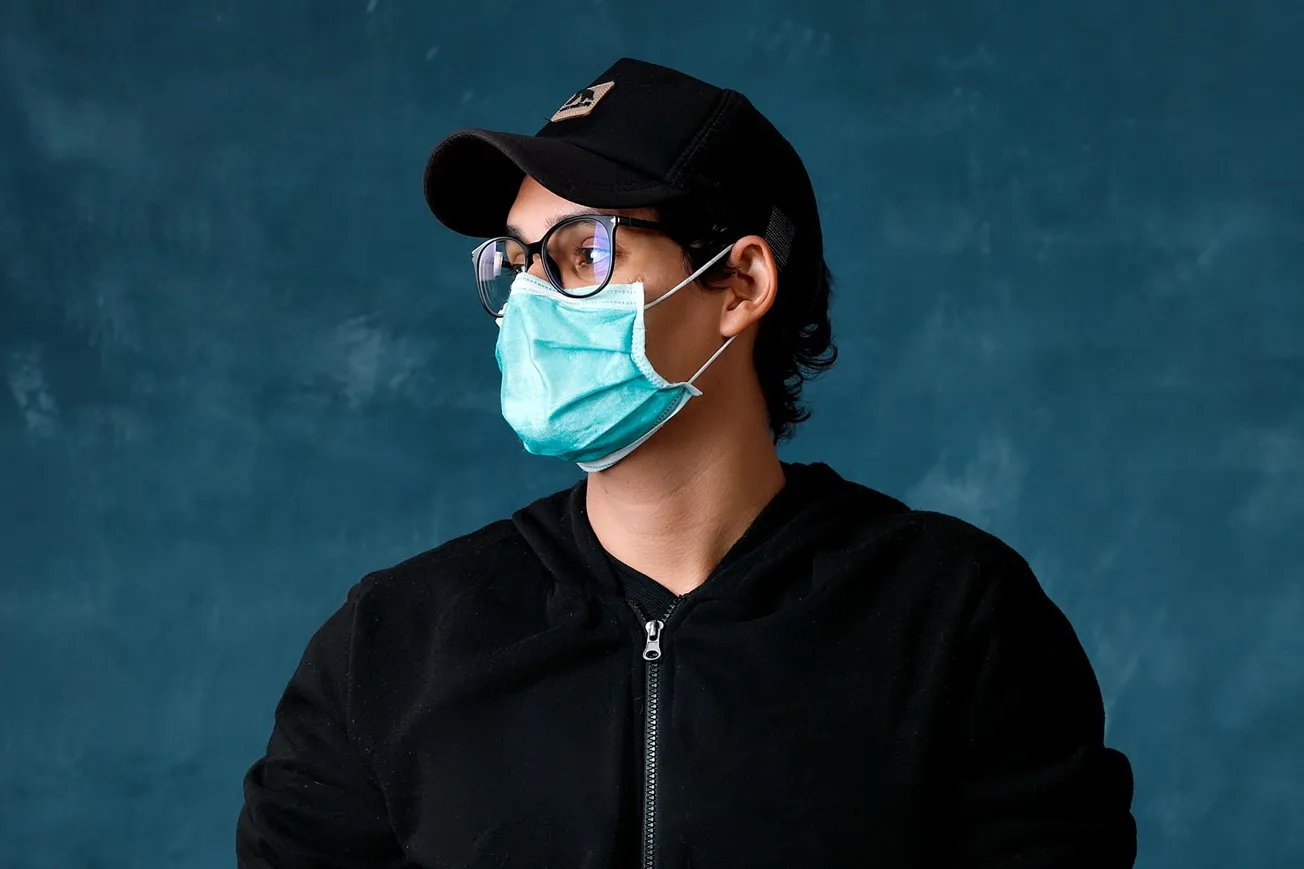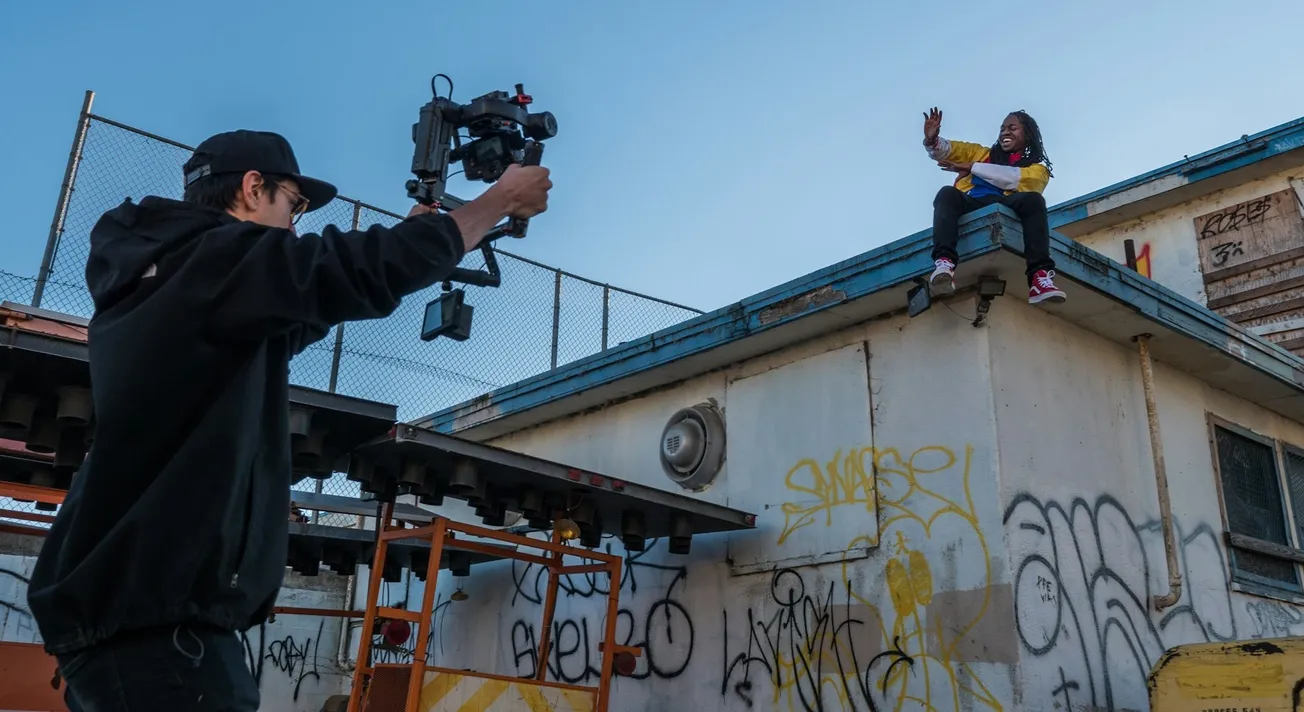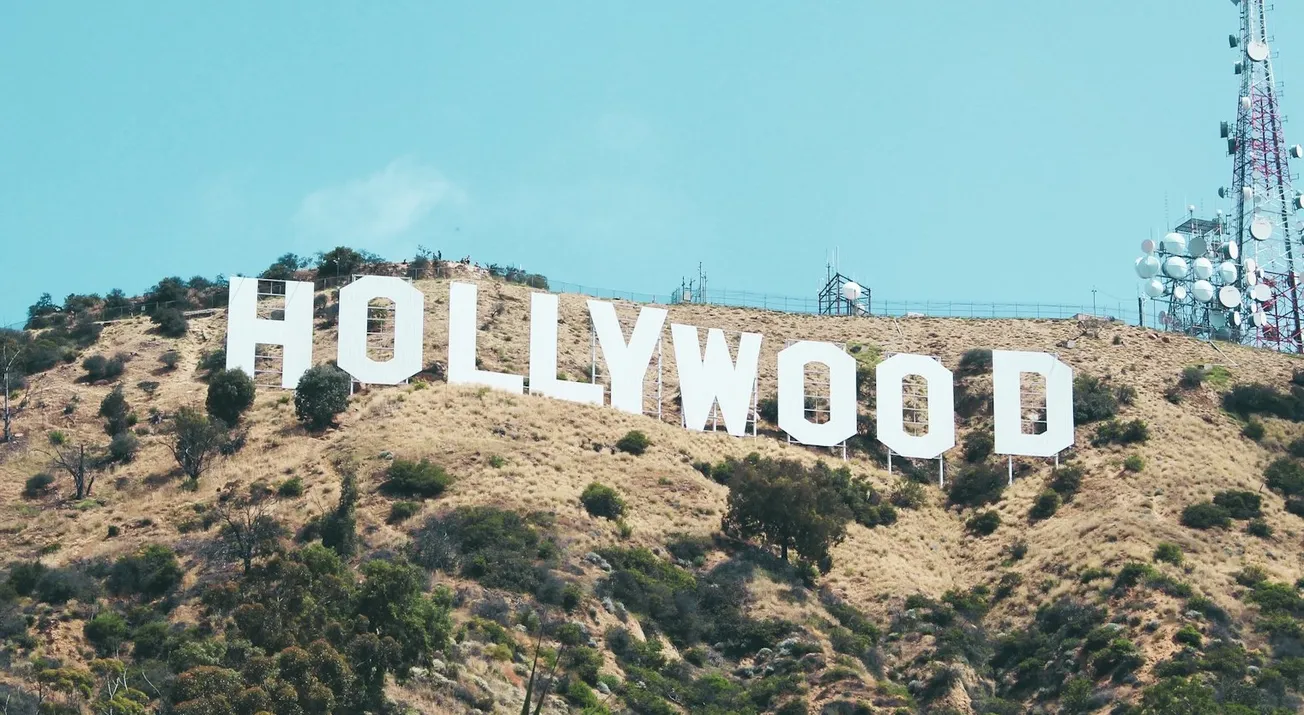Table of Contents
Drone filming is revolutionizing the filmmaking industry, capturing new perspectives and making projects more visually dynamic. Not only do drones enhance creative opportunities, but they also offer significant production benefits. Here are the key advantages and, when you're ready to get started, some essential tips to get you on the right flight path.
Key Benefits of Using Drones in Filmmaking
1. Aerial Cinematography and Cost Efficiency
Drones can significantly reduce labor and production costs by replacing expensive helicopters or cranes. For instance, the opening motorcycle chase in the James Bond film Skyfall was filmed with a drone. Imagine the challenge—and cost—of using cranes, dollies, or helicopters to capture the same hectic rooftop chase in Istanbul.
2. Quicker Timelines
Drone technology enables rapid footage capture, allowing producers to film shots in a fraction of the time traditional methods require. This efficiency helps filmmakers complete production faster, satisfy financial supporters, and reduce the strain of organizing video footage.
3. Enhanced Creativity
Drones offer producers unique angles and creative possibilities. In the opening scene of The Greatest Showman, a “drone catch” was used to capture elephants and trapeze artists before a close-up of Hugh Jackman as P.T. Barnum. VFX Supervisor Anthony Jacques noted that such a shot was impossible with a crane or cable cam due to physical obstacles and the orbiting nature of Jackman's close-up.
4. Safety
Drones allow filmmakers to capture shots in challenging environments while reducing risk to crew members. The BBC used drones for their Planet Earth II documentary, filming in remote islands and dense jungles safely without disturbing the environment or wildlife. This immersive footage made audiences feel as if they were in those locations.
Getting Started with Drones in Production
1. Define Needs
Determine how drones can enhance your production to clarify the project's goals and overall vision.
2. Choose the Right Equipment
Select the appropriate drone model and camera for your production, considering camera quality and budget.
3. Hire Certified Pilots
Be aware of local regulations by hiring certified drone pilots licensed by the local jurisdiction.
4. Plan Locations
Identify potential challenges and obtain necessary permits for filming in your chosen locations.
5. Storyboard
Use storyboarding to help visualize the production’s shots before arriving on-site. This keeps the team organized and ensures the shots meet the script’s needs.
6. Prioritize Safety
Always prioritize safety by being aware of aerial restrictions, weather conditions, and potential hazards. Proper planning minimizes costly mistakes and ensures you “get the shot.”
Using drones in filmmaking can reduce labor and equipment costs while producing more creative and dynamic shots. By hiring the right operators, obtaining necessary permits, and adhering to regulations, you can make your visuals spectacular—and have a great time capturing them.







